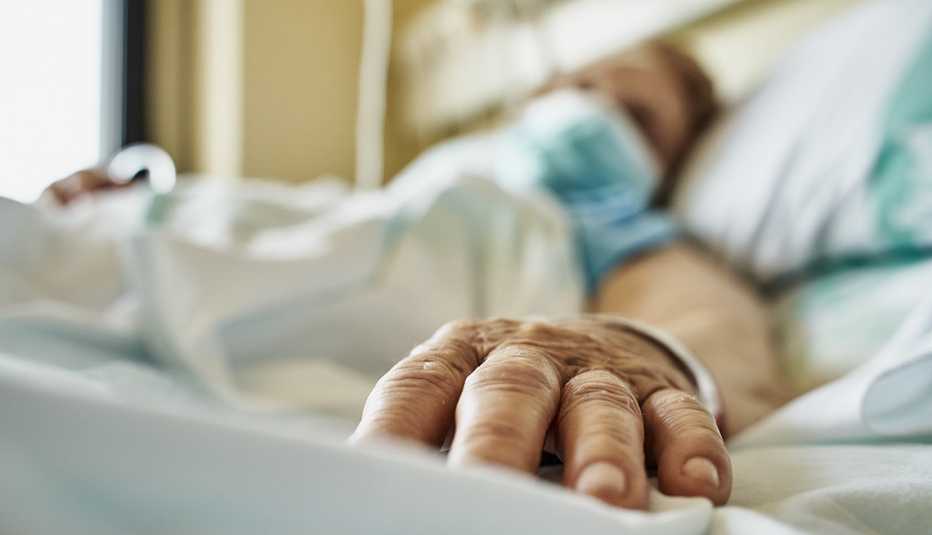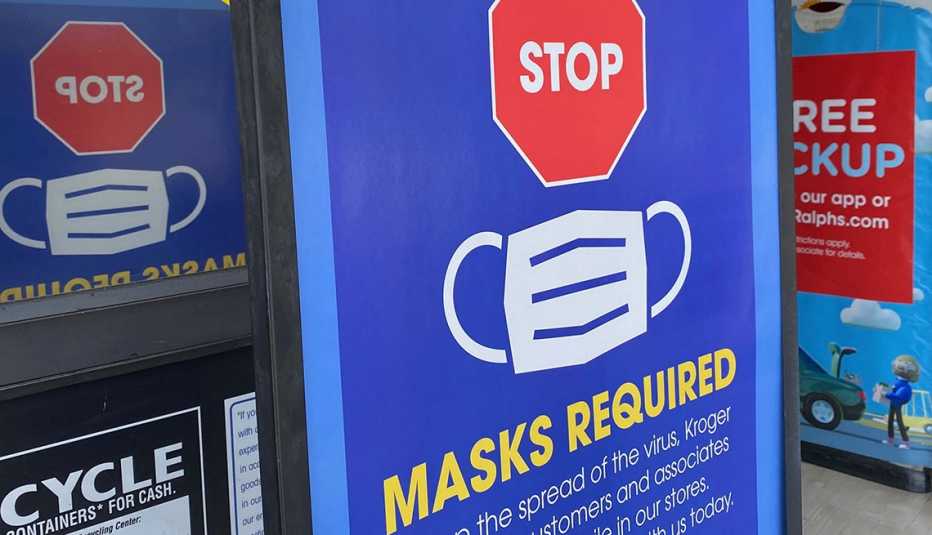Staying Fit
With omicron’s ability to glide past some of the vaccine’s defenses, experts predict that an increasing number of vaccinated Americans will test positive for COVID-19 as the new variant rips through the country. Even some boosted individuals will pop positives on coronavirus tests, although their protection against hospitalization and death from an infection remains strong.
So what do you do if you get a breakthrough case of COVID? AARP spoke with several experts on the topic. Here’s their advice.


AARP Membership— $12 for your first year when you sign up for Automatic Renewal
Get instant access to members-only products and hundreds of discounts, a free second membership, and a subscription to AARP the Magazine.
1. Don’t panic
First and foremost, panicking is not advised. In fact, “anytime you're in a stressful health care situation, freaking out is probably the most dangerous thing you can do to yourself,” since it clouds your ability to think clearly and positively about what needs to be done to get better, says Robert Hopkins Jr., M.D., professor of internal medicine and pediatrics and division director of General Internal Medicine at University of Arkansas for Medical Sciences.
Some concern is understandable, especially if you have underlying health conditions that can put you at greater risk for complications from COVID. But it’s important to keep in mind that “the overwhelming majority of people who have a breakthrough infection following vaccination and boosting will be OK,” says Benjamin Springgate, M.D., section chief of Community and Population Medicine at Louisiana State University (LSU) Health New Orleans School of Medicine.
Emerging research shows that even in the wake of omicron, the booster is about 75 percent effective against symptomatic COVID and may be even higher against severe disease. “And the benefit that we're seeing from being vaccinated and boosted is that people have a lower likelihood of ending up in the hospital, a lower likelihood of severe outcomes and severe illness,” Springgate says.
What’s more, evidence suggests that the omicron variant — which is now responsible for about 95 percent of new COVID-19 cases in the U.S. — causes less severe illness than its predecessors, although research is ongoing.
“We do want to be cautious in that statement as that does not, unfortunately, apply to everyone,” points out Jodie Guest, professor and vice chair of the Department of Epidemiology at Emory University’s Rollins School of Public Health. Plus, the delta variant, which some studies have found causes more severe illness than other versions of the virus, is still circulating and contributing to the current surge in infections and hospitalizations.



































































